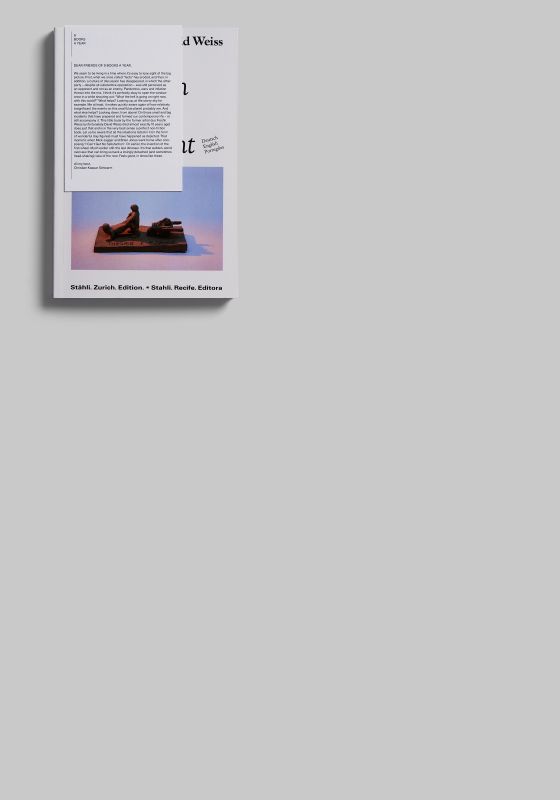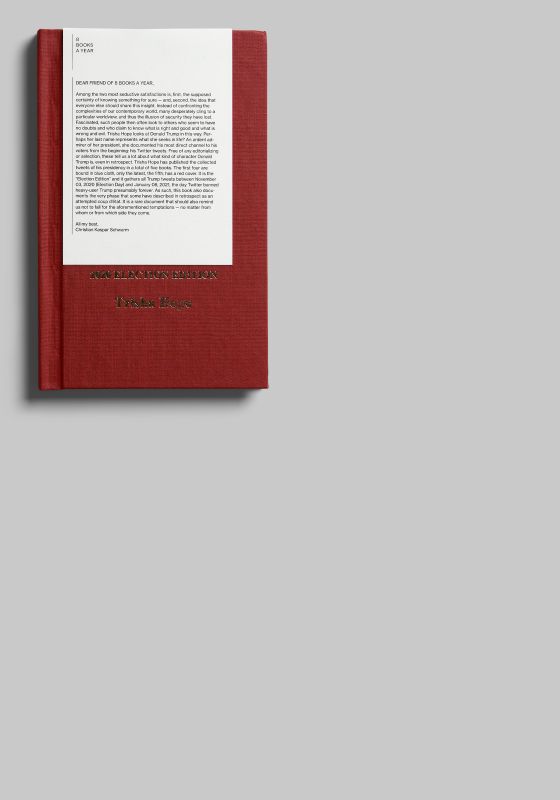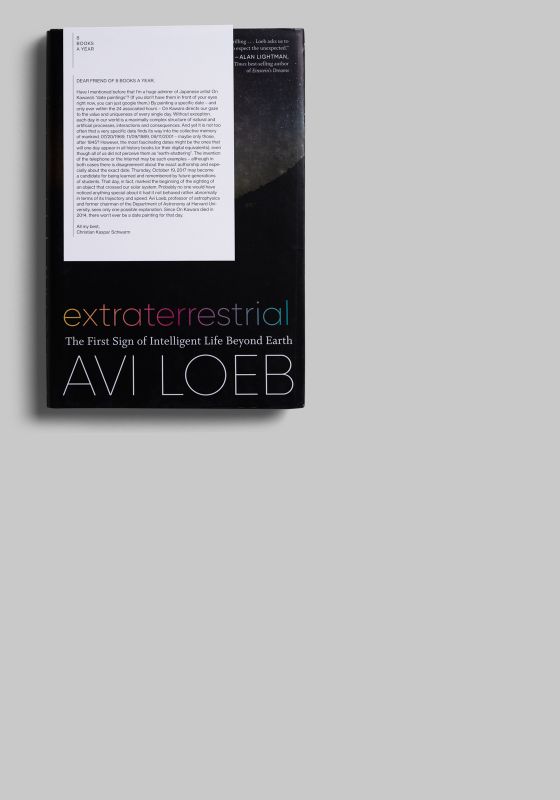OKTOBER 2021
Elisabeth Neudörfl
Out in the Streets
Hatje Cantz, 2021
Signed by the artist for our subscribers
DEAR FRIENDS OF 8 BOOKS A YEAR,
Let's talk about traces. Traces have a paradoxical quality: On the one hand, they are invariably signs from the past – documenting, after all, something that has already happened. On the other hand, however, we mostly follow traces when we set out on our own – in this way, they show us a way into the future. The artist and photographer Elisabeth Neudörfl traveled to Hong Kong in the spring of 2020 – just shortly after mass protests against the law change that was supposed to allow the extradition of convicted criminals to China. She arrived in a metropolis whose streetscape was marked by the first, rigidly enforced Covid lockdown. Where just a moment ago hundreds of thousands of mainly young people had taken to the streets, there suddenly was an eerie calm. The virus and the pandemic were probably not inconvenient for the government. Which also seemed eager to quickly erase any remnants – i.e. traces – of the protests from public life. Neudörfl, however, looked very closely and found remains of slogans and political graffiti in countless places. The attempts, sometimes more, sometimes less successful, to make these immediately invisible again, announces the desire to preserve the appearance of stability. Whether the traces discovered by Neudörfl – and documented in detail in the last section of the book – will be those that will have ended up in a dead end, or those that will, despite temporary invisibility, have marked a starting point, we do not yet know. Just as we do not know about all the other traces we are following.
All my best,
Christian Kaspar Schwarm
Elisabeth Neudörfl
Out in the Streets
Hatje Cantz, 2021
Signed by the artist for our subscribers
Read InscriptionDEAR FRIENDS OF 8 BOOKS A YEAR,
Let's talk about traces. Traces have a paradoxical quality: On the one hand, they are invariably signs from the past – documenting, after all, something that has already happened. On the other hand, however, we mostly follow traces when we set out on our own – in this way, they show us a way into the future. The artist and photographer Elisabeth Neudörfl traveled to Hong Kong in the spring of 2020 – just shortly after mass protests against the law change that was supposed to allow the extradition of convicted criminals to China. She arrived in a metropolis whose streetscape was marked by the first, rigidly enforced Covid lockdown. Where just a moment ago hundreds of thousands of mainly young people had taken to the streets, there suddenly was an eerie calm. The virus and the pandemic were probably not inconvenient for the government. Which also seemed eager to quickly erase any remnants – i.e. traces – of the protests from public life. Neudörfl, however, looked very closely and found remains of slogans and political graffiti in countless places. The attempts, sometimes more, sometimes less successful, to make these immediately invisible again, announces the desire to preserve the appearance of stability. Whether the traces discovered by Neudörfl – and documented in detail in the last section of the book – will be those that will have ended up in a dead end, or those that will, despite temporary invisibility, have marked a starting point, we do not yet know. Just as we do not know about all the other traces we are following.
All my best,
Christian Kaspar Schwarm












































